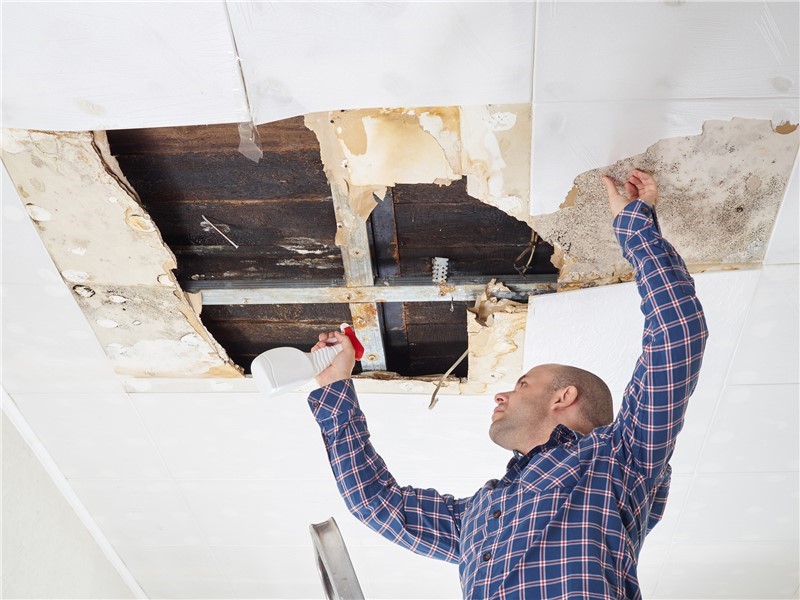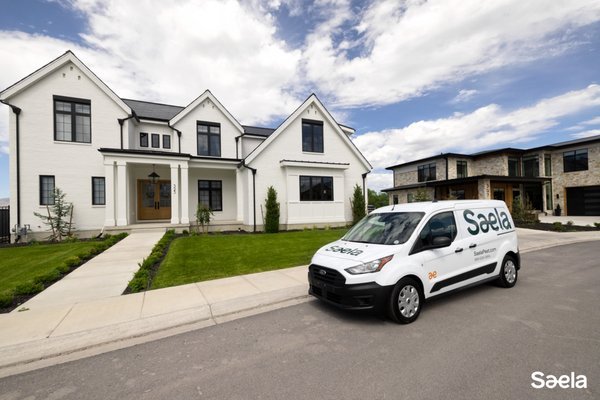Water damage is a common issue in America, especially after storms, hurricanes or due to water leaks and plumbing issues. Even if you manage to clean the water, the excess moisture left behind can cause mold to start growing.
It’s not wise to let mold run rampant however, as it can cause a lot of issues with health, not to mention the way it looks very unclean and can diminish the value of your home. This is why many people prefer to call a company to complete a commercial mold inspection on their home or office, instead of trying to fix it themselves.
Thankfully, there are some things you can do to prevent mold as outlined below.
Steps to Prevent Mold After Water Damage
- Correctly Remove the Water
After any flood or leak, you should take care to remove the excess moisture so you can assess the damage and start to fry out the wet surfaces and objects. The faster the area is dried, the less of a chance there is of mold growing in the area. One way to remove this is to use a wet-dry vacuum, these can pump out 5-10 gallons of water per minute and can be rented, but it’s not a cheap option.
- Remove Damp Carpeting & Damaged Items
If your flooring, carpets or furniture has sustained water damage, it should be dried or removed until it can be dried. The reason for removing flooring is to try and prevent the insulation underneath from trapping moisture and growing mold. You can use a wet/dry vacuum on light water damage on the carpet, but deeper water damage means the carpet needs to be removed, so the insulation can be dried or replaced.
- Find The Source of The Damage
Many people start cleaning the water damage without actually figuring out where the water damage is coming from. If you suspect a leaking roof, leaky pipes or just moisture pooling somewhere, getting your home checked for its moisture levels can lead you to the solution to your issues and you can prevent the problem from recurring again and causing you stress.
- Use a Dehumidifier
Mold loves growing in humid environments, as spores require this to reproduce and standing mold needs warmth to survive. So to reduce the amount of mold in your space, a smart thing to do is identify where the moisture levels might be too high and use a dehumidifier to reduce these moisture levels. You can choose an electric dehumidifier or a cheaper bucket, filled with crystals.
- Call The Experts
If you’re worried about water damage and how it can lead to mold, your best bet is to simply call the professionals right after the water damage occurs. Not only can they remediate the damage and return your home or office to its usual function, they can also prevent, treat and reduce the likelihood of mold recurring. One of the experts you can call with 24/7 services is Flood Pros USA, contact them to say goodbye to mold forever.
Waterproofing basement is a crucial step in ensuring that your home remains safe from water damage, especially in areas prone to heavy rainfall or flooding. By taking preventive measures, you can significantly reduce the risk of moisture seeping into your basement, which is often the first place where mold starts to grow after water damage.
A proactive approach, such as professional crawl space mold removal, is essential to ensure that hidden mold sources are effectively eliminated. This professional service targets mold at its root, protecting your property and enhancing its overall health and safety.



